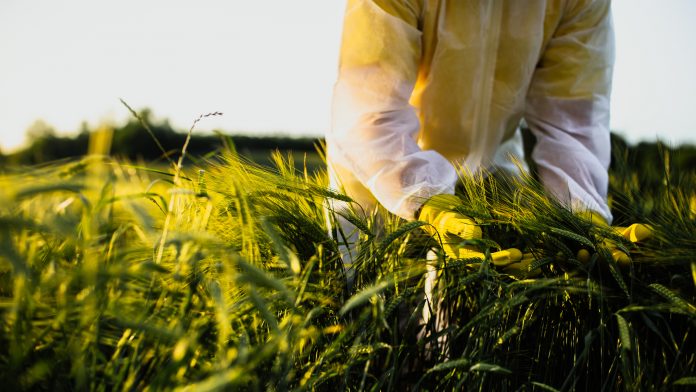Researchers from the International Institute for Applied Systems Analysis have discovered risks associated with sustainability measures that could impact food security.
It is very common for countries to have set carbon neutrality goals for the near future in order to mitigate the consequences of climate change. However, a novel study conducted by researchers from the International Institute for Applied Systems Analysis (IIASA) in the US and Japan have discovered that there could be risks related to reaching net zero goals, especially in the fields of agriculture, forestry and land use, which could negatively impact food security.
In order to reach the goals of the Paris Agreement, it is imperative to reduce and ultimately eliminate greenhouse gas emissions. As of 2010, the agriculture, forestry and land use industries accounted for between 20% and 25% of global greenhouse gas emissions; meaning reaching net zero in these areas is a significant step in the right direction.
How could sustainability measures impact food security?
However, current strategies to decarbonise these sectors could result in a massive increase in food prices, which could have negative consequences in terms of food security.
The IIASA researchers have determined three core reasons for this:
- the increased costs associated with methane and nitrous oxide abatement
- current decarbonisation strategies may result in intensified competition for land because of the expansion of bioenergy crops
- they may result in a higher value being placed on forest carbon to sequester additional carbon and prevent large-scale plantations and bioenergy crops from encroaching on forestland.
While these factors are considered to impact agricultural markets through various mechanisms, it is still unclear to what extent they may impact future agricultural prices and food security.
“Previous studies have pointed out that decarbonisation strategies in the agriculture and land use sectors could lead to higher food prices and potential negative impacts on food security, but it has not been clear which of the three main factors would have the greatest impact. In this study, we used six global agricultural economic models to show the extent to which these three factors would change the agricultural market and food security situation under a decarbonisation scenario,” said Shinichiro Fujimori, a guest researcher in the IIASA Energy, Climate, and Environment Program and lead author of the study.
When taking into account socioeconomic conditions like future population growth and economic level improvement, the results suggest a population at risk of hunger in 2050 of around 420 million people.
If all three of these greenhouse gas reduction measures for agriculture and land use are applied, the international food price will increase by approximately 27%. It is understood by researchers that this would lead to a decrease in food consumption, particularly amongst the poorest people in developing countries. This could in turn result in an estimated additional 120 million people becoming at risk of hunger.
Researchers have approximated that about 50% of hunger risk would be a result of large-scale afforestation, and 33% to increased costs of methane and nitrous oxide abatement, while 14% could be attributed to the expansion of bioenergy crops.
On top of this, the study estimates that large-scale afforestation could account for nearly 60% of the increase in international food prices, followed by the increase in the cost of methane and nitrous oxide reduction, which accounts for another 33%.
Ensuring food security in a sustainable world
“Traditionally, the expansion of bioenergy to achieve negative emissions has been discussed as a food security concern. However, it turns out that other factors are rather more significant, particularly in general equilibrium models,” explained Stefan Frank, a researcher in the IIASA Integrated Biosphere Futures Research Group and one of the study authors.
“Unlike carbon dioxide from fossil fuels, it is not so easy to measure these emissions, so we need to be careful about generalising our model assumptions. Similarly, the actual risk of hunger in response to agricultural price increases or mean food consumption decreases is difficult to elucidate due to the complex nature of hunger and poverty,” concluded study co-author Petr Havlik, IIASA Integrated Biosphere Futures Research Group leader.
The study’s findings are significant as they emphasise the complexity and difficulties in the execution of decarbonisation measures in agriculture, forestry management, and other land use. This research could prove imperative to ensure greater coordination in emissions reduction and agricultural market management policies, as well as better representation of land use and associated greenhouse gas emissions in modelling.





